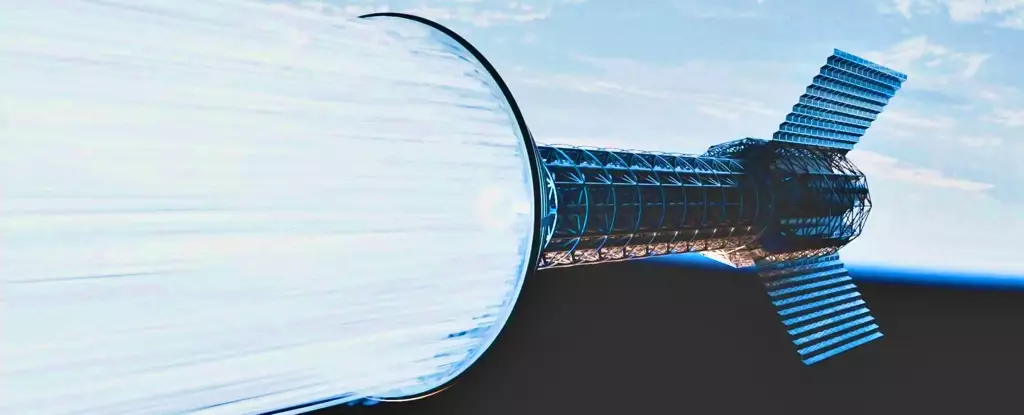In a groundbreaking move, NASA has allocated $725,000 towards the development of a Pulsed Plasma Rocket (PPR) system that has the potential to address a critical challenge in sending humans to Mars – travel time. The current technology requires almost two years for a round-trip to the red planet, exposing astronauts to significant health risks such as high levels of radiation, zero-gravity effects, and extreme isolation. Among these risks, space radiation is considered one of the most severe threats, putting astronauts at risk for various health issues including cancer, nervous system damage, bone loss, and heart disease.
Howe Industries, in partnership with NASA, has been working on the development of the Pulsed Plasma Rocket system that could potentially reduce the travel time to Mars to just two months. The PPR operates by utilizing pulses of superheated plasma to generate high thrust efficiently. The propulsion system, currently in phase two of development under the NASA Innovative Advanced Concepts (NIAC) Program, holds the promise of revolutionizing space exploration. NASA expressed its confidence in the technology, stating that it could pave the way for human missions beyond Mars in the future.
One of the key advantages of the Pulsed Plasma Rocket is its ability to propel spacecraft at incredible speeds. With a high thrust and specific impulse, the PPR has the potential to reach speeds of up to 100,000 miles per hour. This impressive speed could significantly reduce the duration of space travel and enhance the safety of astronauts by minimizing their exposure to harmful radiation and other health risks associated with long-duration space missions.
Despite the promising advancements in the development of the Pulsed Plasma Rocket system, it is important to note that there is still considerable work to be done before the technology is ready for practical application. The ongoing phase two study aims to optimize the engine design, conduct proof-of-concept experiments, and design a PPR-powered spacecraft tailored for human missions to Mars. While the timeline for the deployment of the PPR system may span over a couple of decades, the potential it holds for expanding human space exploration is immense.
As we look towards the future of space exploration, the investment in the Pulsed Plasma Rocket system presents a significant step forward in overcoming the challenges of long-duration space missions. With the potential to revolutionize space travel and open up new possibilities for human presence in the solar system, the PPR system stands as a beacon of hope for the future of space exploration. While there are still obstacles to overcome and milestones to achieve, the development of this innovative technology brings us one step closer to realizing our dreams of exploring the vast unknowns of space.


Leave a Reply